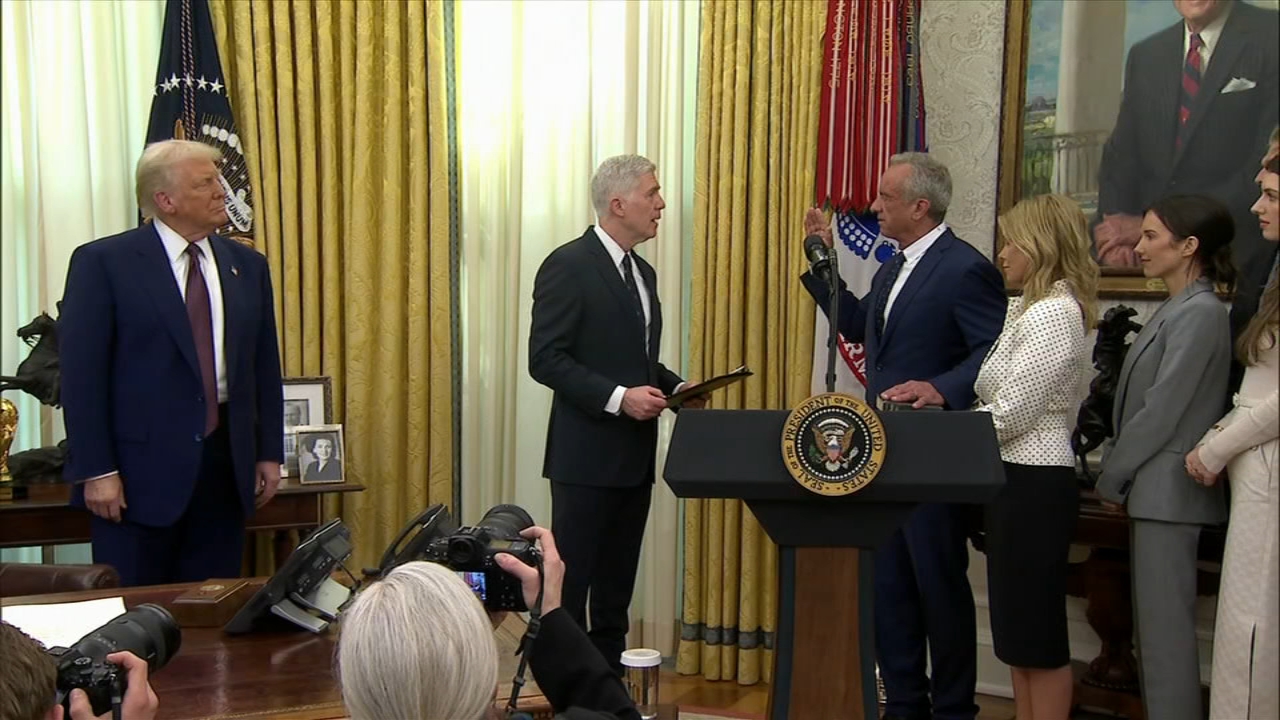‘Abd al-Rauf al-Dhahab and Bad Intel

On Christmas Eve, Sudarsan Raghavan of the Washington Post wrote a detailed article about a September air strike in which the US attempted to kill ‘Abd al-Rauf al-Dhahab, whom it believes to be a regional al-Qaeda commander.
That strike missed al-Dhahab and killed several innocent people and has, in turn, pushed more people into the arms of al-Qaeda.
The day before Raghavan published his article the US apparently tried to kill al-Dhahab again in yet another drone strike on December 23. Again, the US missed, killing two men who may or may not have been members of al-Qaeda.
On Saturday December 29 the US tried a third time (that we know of) to kill al-Dhahab. And for a third time it missed. This time killing three members of a local tribes who, again, may or may not be members of al-Qaeda. At least one local report has identified one of the dead as an 11-year-old boy, although as is often the case there are other reports that give different names and ages for the victims.
Even with all the sketchy details from the ground, this case raises several questions.
First, how did ‘Abd al-Rauf al-Dhahab make it onto the US kill list?
His family, as many readers of Waq al-waq will remember, was heavily involved in the Ansar al-Shariah takeover of Rada’a in early 2012 – on both sides actually, as one pro-government brother killed another pro-al-Qaeda brother before the pro-government brother was killed by yet another pro-al-Qaeda brother.
Confused yet?
Well it gets even messier the deeper one delves into the internal politics of the al-Dhahab family.
So why is the US convinced that ‘Abd al-Rauf al-Dhahab needs to be killed? Is he a bad guy? Maybe, maybe not. I’m not sure, but being a bad guy or even a member of al-Qaeda isn’t – at least it isn’t supposed to be – the test the US uses to put someone on the kill list. The US is only supposed to be going after people that it are targeting US interests in Yemen or plotting attacks on the US homeland.
Does ‘Abd al-Rauf meet this test? And if so, how is the US so certain he does?
This is, in my view, one of the major problems with the kill list – a lack of oversight as to how people are added to it.
So, we know that ‘Abd al-Rauf comes from a family of which several brother are involved with al-Qaeda – but is this in itself enough to order up his death?
For me, this is a related question to the one I have about ‘Adnan al-Qadhi, who was killed in an apparent US drone strike on November 7. How did he get on the US kill list?
The evidence that is publicly available suggests, at least to me, that this had more to do with domestic Yemeni politics than it did with al-Qaeda.
I’m particularly worried that the US drones in Yemen are being used to settle long-standing scores on the ground.
The US is rightly worried about the information it gets from many actors in Yemen and because of this it appears to be overly reliant on intel that it gets from the Saudis. But where does the US think the Saudis are getting their intel from?
This all brings me to my next point, if ‘Abd al-Rauf al-Dhahab really was, as I believe, the target of all three strikes, why has the US been unable to kill him and what does this say about US intelligence on the ground?
People are dying in these strikes. Again, maybe they are bad guys and maybe they aren’t. But ‘Abd al-Rauf is still alive.
So what intel is the US using. It has taken at least three shots at cars that it believed ‘Abd al-Rauf was in and each time it hit the cars, but in every case ‘Abd al-Rauf was not where the US believed him to be. And that is a serious problem.
On at least one of these occasions – the one Raghavan documents – the US killed civilians which in turn created more recruits for AQAP and in all likelihood expanded the war.
For as an amazing a piece of technology as drones are they are still, and will likely remain, dependent upon human intelligence – and it is here that the US is incredibly weak, at least in Yemen.
The US hits what it is aiming at, but if it is aiming at the wrong target it is still a miss.
Both of these questions – how someone like ‘Adnan al-Qadhi or ‘Abd al-Rauf al-Dhahab is added to the kill list and what on-the-ground intel the US is using for a strike – are key ones in determining how the current US approach is working in Yemen.





